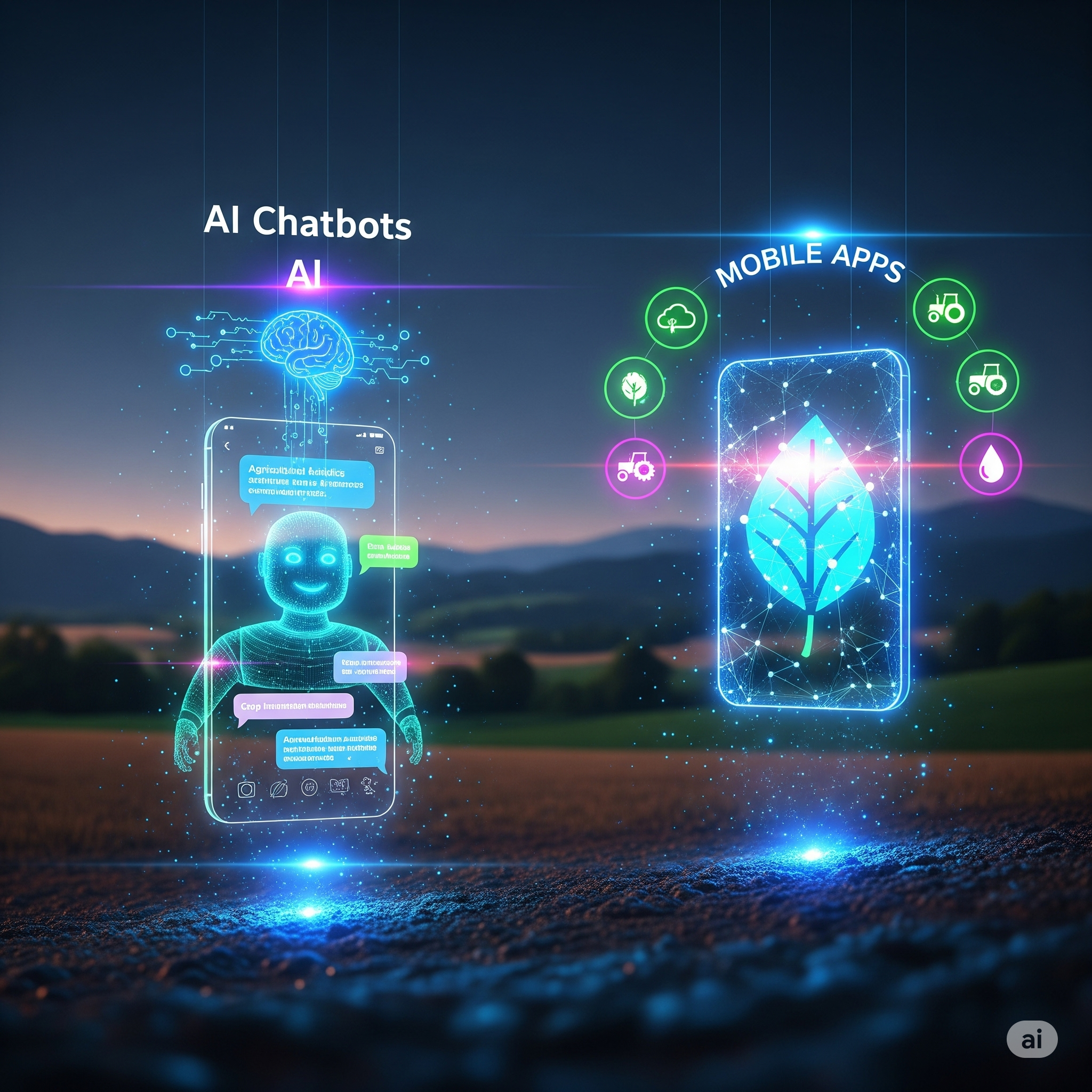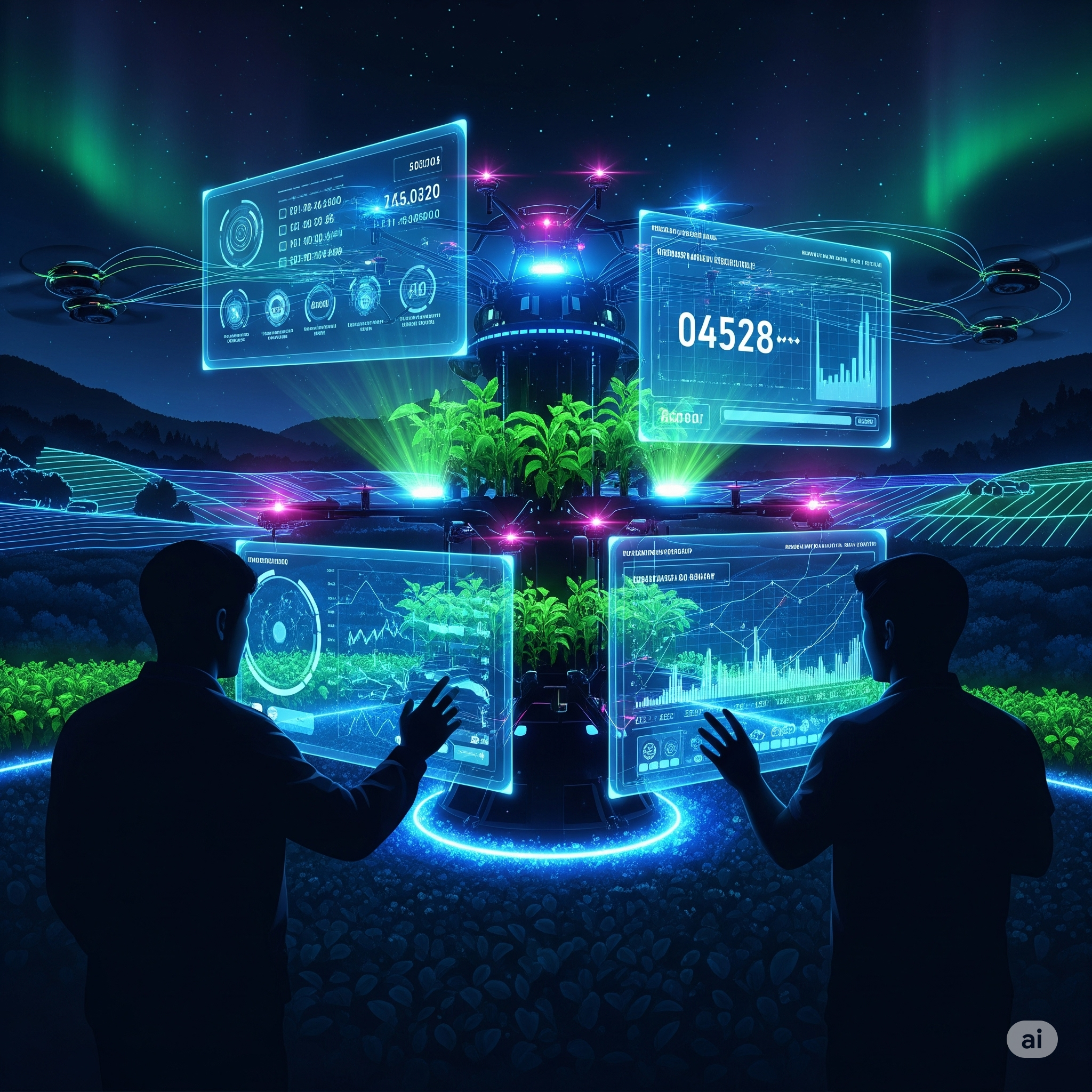Introduction
Water is a finite and invaluable resource critical to human survival, agriculture, industry, and ecological balance. As global populations increase and climate change disrupts natural water cycles, the demand for sustainable water management has never been more urgent. Enter Artificial Intelligence (AI) — a powerful enabler of smart, data-driven, and efficient water resource management systems.
AI-powered Water Management integrates machine learning, data analytics, remote sensing, and Internet of Things (IoT) to address challenges such as water scarcity, leakage detection, flood prediction, irrigation control, and wastewater treatment. This article explores how AI is revolutionizing water management through intelligent systems, applications, benefits, challenges, and its future potential.
The Need for Smart Water Management
Growing Water Demand
- By 2050, global water demand is expected to increase by over 50%, primarily driven by agriculture and urbanization.
- Cities in water-stressed countries like India, South Africa, and parts of the Middle East are already experiencing acute shortages.
Climate Change Impact
- Unpredictable rainfall, extreme weather events, and prolonged droughts are affecting both surface and groundwater availability.
- Melting glaciers and altered river flows demand dynamic and adaptive water management strategies.
Inefficiencies in Traditional Systems
- Manual monitoring and legacy infrastructure often result in wastage, inefficiency, and poor service delivery.
- In many developing nations, water losses due to leaks and theft account for up to 40% of total supply.
What is AI-powered Water Management?
AI-powered water management refers to the use of artificial intelligence algorithms and tools to monitor, analyze, predict, and optimize water systems. These systems use data from various sources — such as weather forecasts, satellite imagery, sensors, and historical records — to make informed and automated decisions about water usage, distribution, and conservation.
Key Technologies in AI-enabled Water Systems
1. Machine Learning (ML)
- ML models identify patterns in water consumption, detect anomalies, and predict future demand.
- Supervised learning is used for fault detection, while unsupervised learning helps in identifying usage clusters.
2. Computer Vision
- Satellite and drone imagery are processed using AI to map water bodies, detect contamination, or measure water spread during floods.
3. Internet of Things (IoT)
- Smart meters and sensors monitor real-time flow rates, quality, pressure, and water levels.
- IoT devices feed continuous data into AI algorithms for proactive decision-making.
4. Predictive Analytics
- AI forecasts rainfall, flood risk, drought likelihood, and groundwater depletion using historical and real-time data.
- These insights support early warning systems and strategic water storage planning.
5. Natural Language Processing (NLP)
- NLP enables integration with user queries in water management dashboards.
- It helps utilities respond to customer complaints, analyze feedback, and suggest solutions.
Applications of AI in Water Management
1. Smart Irrigation in Agriculture
- AI optimizes irrigation schedules based on soil moisture data, crop type, and weather forecasts.
- Reduces water use by up to 30-50%, improving crop yield and resource efficiency.
- Examples: IBM’s Watson Decision Platform for Agriculture, Microsoft’s AI Sowing App in India.
2. Urban Water Supply Monitoring
- AI detects leakage points in municipal pipelines using pattern recognition and anomaly detection.
- Helps cities reduce non-revenue water and improve supply reliability.
3. Flood Forecasting and Early Warning Systems
- AI models simulate hydrological patterns and rainfall-runoff relationships to predict floods.
- Government agencies use these tools to alert communities and prepare emergency responses.
4. Water Quality Monitoring
- AI sensors measure pH, turbidity, dissolved oxygen, and contaminants in real time.
- Machine learning algorithms identify pollution sources and predict contamination risks.
5. Groundwater Management
- AI predicts aquifer depletion trends based on past usage and climate models.
- Suggests zones for sustainable withdrawal and recharge projects.
6. Wastewater Treatment Optimization
- AI helps automate treatment processes by regulating chemical inputs, aeration, and filtration stages.
- Improves plant efficiency and reduces operational costs.
7. Desalination and Water Recycling
- AI controls energy usage in desalination plants and ensures water quality in recycled systems.
- Enhances sustainability in water-scarce coastal cities.
Benefits of AI in Water Resource Management
1. Efficiency and Optimization
- Reduces water waste through smart scheduling and predictive analytics.
- Helps utilities and farmers achieve more with less water.
2. Cost-effectiveness
- Prevents expensive infrastructure failures by early detection of faults.
- Optimizes energy use and reduces manual labor costs.
3. Sustainability and Conservation
- Supports water reuse, recycling, and efficient allocation.
- Helps manage ecosystems through early detection of stress or pollution.
4. Improved Decision-Making
- Real-time dashboards powered by AI provide actionable insights for policy makers.
- Data-driven governance improves transparency and accountability.
5. Scalability
- AI solutions can be scaled from small villages to entire cities and river basins.
- Cloud-based platforms enable flexible deployment.
Global Case Studies
1. Singapore’s Smart Water Grid
- Singapore’s Public Utilities Board (PUB) uses sensors, AI, and predictive analytics to monitor its entire water network.
- The result: less than 5% water loss and world-class supply reliability.
2. AI in Israel’s Irrigation Systems
- Israel’s Netafim uses AI-powered drip irrigation systems that adjust water flow to individual plants.
- Saves over 1 billion cubic meters of water annually.
3. Google AI and Flood Forecasting in India
- Google collaborates with Indian authorities to provide AI-driven flood alerts using satellite data and hydrological models.
- Benefiting millions along major rivers like the Ganges and Brahmaputra.
4. Aquasight in the United States
- Aquasight is an AI-based platform that provides utilities with real-time visibility into water and wastewater infrastructure.
- Helps cities like Grand Rapids improve water system resilience and reduce operational costs.
Challenges in AI-powered Water Management
1. Data Availability and Quality
- Inconsistent or incomplete datasets reduce the accuracy of AI models.
- Remote or underdeveloped regions may lack IoT infrastructure.
2. High Initial Costs
- Investment in sensors, data platforms, and training can be prohibitive for small towns or rural communities.
3. Technical Complexity
- Requires skilled professionals in data science, hydrology, and AI systems.
- Integration with existing legacy infrastructure can be challenging.
4. Privacy and Security
- Sensitive water usage and quality data need protection from cyber threats.
- Proper cybersecurity protocols must be in place.
5. Policy and Governance Barriers
- Lack of regulatory frameworks for AI integration in water utilities.
- Requires coordination between central and local authorities.
The Role of Governments and Institutions
- Policy Support: Governments must create AI-friendly regulatory environments and water management frameworks.
- Public-Private Partnerships: Collaborations with tech firms and startups can accelerate innovation.
- Capacity Building: Training engineers, technicians, and decision-makers in AI tools.
- Funding and Incentives: Subsidies or grants to water utilities for AI adoption.
Future Prospects
1. Integration with Blockchain
- Transparent tracking of water usage, pollution sources, and allocation through smart contracts.
2. AI-powered Digital Twins
- Simulating entire water ecosystems — from lakes to treatment plants — for predictive and scenario-based planning.
3. Decentralized AI Systems
- Local AI models at village or ward levels to address community-specific water issues.
4. Climate Resilience and SDGs
- AI will be vital in achieving Sustainable Development Goal 6 (Clean Water and Sanitation).
- Enhances resilience to climate-induced disruptions.
Conclusion
AI-powered water management stands at the intersection of technology, sustainability, and necessity. As the world grapples with water crises and environmental uncertainty, AI offers a transformative solution that is data-driven, adaptive, and scalable. From precision irrigation and predictive analytics to smart leak detection and wastewater optimization, AI is turning water into a smarter, safer, and more sustainable resource.
Yet, to fully realize its potential, stakeholders must address challenges in data access, infrastructure, policy, and training. With the right investments and collaborations, AI will not just manage water — it will safeguard our future.




